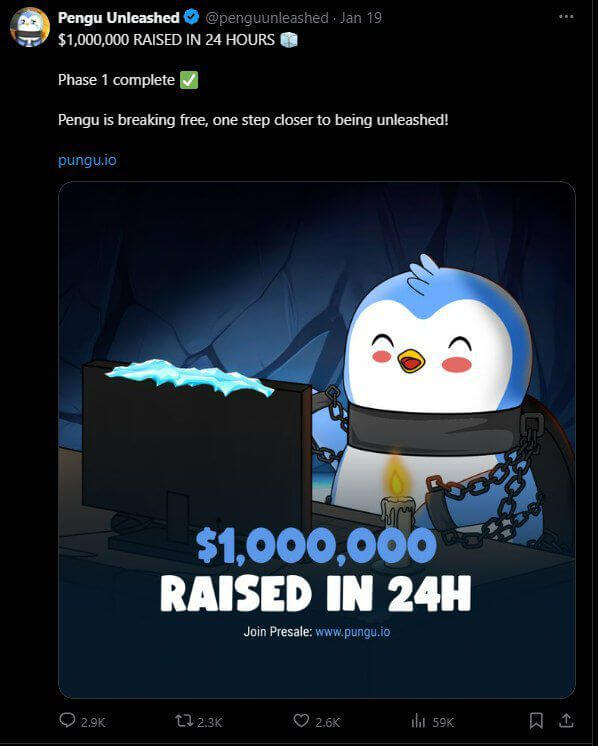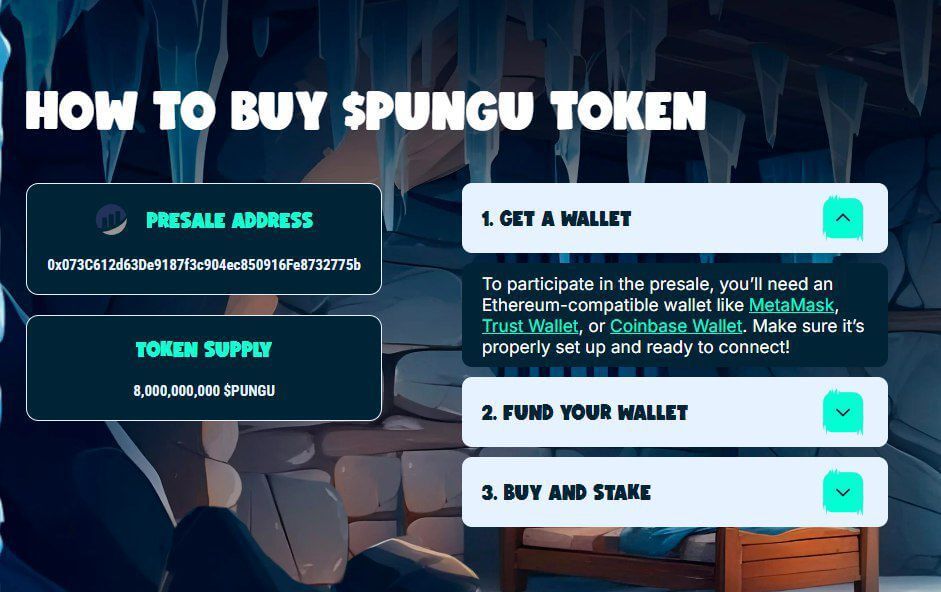- XRP and Solana prices rose as the market reacted to reports the CME planned XRP and SOL futures contracts.
- Both altcoins traded to above key levels, with XRP above $3.26 and SOL above $269.
The prices of XRP and Solana rose slightly on Wednesday following news that institution-focused trading platform Chicago Mercantile Exchange will be listing XRP and SOL futures contracts.
XRP had jumped 3% to above $3.26 and Solana’s SOL surged by more than 6% to hit highs of $2.70 as at the time of writing. The altcoins were likely trading higher as investors reacted to news that the CME would be adding both XRP futures and SOL futures contracts on February 10, 2025.
Notably, the official CME website had not published the details of the said futures contracts. Bloomberg ETF analyst James Seyffart shared this via X.
Assuming "beta.cmegroup" is actually a beta/test version of the actual CMEGroup website — looks like CME is expecting to launch SOL & XRP futures on Feb 10. But this isn't available on the actual website yet.
Honestly makes sense and largely to be expected if true IMO https://t.co/lfMGd8X9KE
— James Seyffart (@JSeyff) January 22, 2025
Bloomberg senior ETF analyst Eric Balchunas also shared a post on X noting CME’s plans to launch he futures products.
According to the analyst, the platform’s futures products await regulatory approval. Meanwhile, the move could see a Solana futures exchange-traded fund hit the market “as early as mid-March.”
However, with spot ETFs for the asset likely coming soon amid the shift in regulatory approach under new SEC leadership, it’s a matter of waiting to see how demand plays out down the road.
The post XRP, Solana surge amid reports of CME futures contracts appeared first on CoinJournal.


